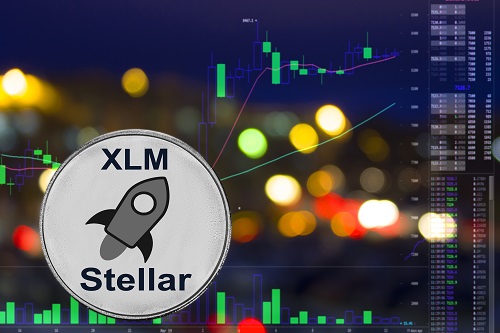
- Several altcoins are recording notable gains as the crypto market braces for new upside momentum.
- This comes as Bitcoin rose slightly after the declines that saw it drop to lows of $91,000 this week.
- With BTC reclaiming the area above $94, 300, Stellar (XLM), Uniswap (UNI) and Aave (AAVE) jumped more than 11% each.
XLM, UNI and AAVE tokens surge
XLM traded at $0.5066 at the time of writing, up nearly 16% in the past 24 hours and over 103% in the past week. Per CoinGecko data, Stellar had recorded more than $4.6 billion in 24-hour volume and its market cap stood $14.9 billion.
Meanwhile, the UNI price hovered around $12.64, up 15% over the last 24 hours and 39% this past week. The Uniswap market was $7.5 billion and the trading volume stood at over $1 billion.
Decentralized finance giant Aave’s price also rode bullish momentum over the last month to trade above $198. On Wednesday, AAVE token reached intraday highs of $195 and looking to break above $200. AAVE was up 12% in the past 24 hours and 20% this past week.
Other top altcoins, including XRP, Cardano (ADA) and Avalanche (AVAX) recorded double-digit gains, with XRP looking to strengthen above $1.40.
What’s delaying the altcoin season?
While major altcoins and meme coins are recording decent gains, analysts say the altcoin season is yet to arrive. Commenting on altcoin performance during this cycle compared to Bitcoin’s rip to near $100k, CryptoQuant CEO Ki Young Ju says things are different.
“Compared to the last cycle, the nature of capital flowing into Bitcoin has shifted. The current Bitcoin rally is primarily driven by demand from institutional investors and spot ETFs. Unlike crypto exchange users, institutional investors and ETF buyers have no intention of rotating their assets from Bitcoin to altcoins. Moreover, as they operate outside of crypto exchanges, asset rotation becomes inherently less feasible,” the analyst posted on X.
The outlook is more accurate for small cap altcoins, which might not attract institutional investors through ETFs or other investment vehicles.
“Minor altcoins still rely on crypto exchange users to buy them,” Young Ju opined.
This is what is delaying the alt season, the CryptoQuant CEO noted. It points to reduced influx of fresh capital from new exchange users.
Young Ju added:
“If Bitcoin retail FOMO reignites, exchange user activity might increase, potentially setting the stage for an altcoin season. However, Bitcoin’s future growth is expected to come from ETFs, institutions, and maybe govts, rather than retail traders on crypto exchanges.”

